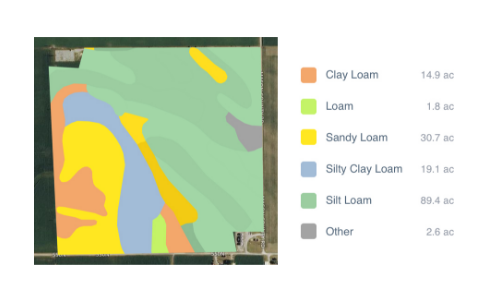Open data has become an essential resource for journalism and fact-checking, targeted advertising and promoting campaigns. The most widely used types of open data include government operations, demographic and social, economic, and health.
Publicly available data is a key source of information for journalists, on issues ranging from elections or the environment to healthcare and crime. It is utilized for visualizations and infographics, as well as for investigative journalism. Well-established financial reporting outlets have also long relied on open data. A number of nonprofit organizations also use this data to train journalists on how to work with data as a source.
In addition, open data helps news, public relations, advertising and advocacy organizations target their campaigns. They combine information such as geodata, local business data, neighborhood demographics, and weather data to enable contextual targeting for highly specific marketing and promotional initiatives.
Types of Data Most Used
Size, Type & Founding Year
How Organizations Use Open Data

Use Cases


Template
Country: United States
Impact: Farmers benefit from tools for better crop management and to measure environmental factors
Data Used: Rainfall data from US National Oceanic and Atmospheric Administration’s (NOAA) National Climatic Data Center, soil data from US Department of Agriculture
FarmLogs provides farmers with a free software and mobile application to map and analyze crop yields and environmental conditions for crop growth through government data. Their Farmlogs free Standard includes several features: Field Mapping, Scouting and Notes, Activity Tracking, Rainfall Tracking, GDD Accumulation, Soil Composition Maps, Growth Stage Analysis, Yield Maps, Input Planning. They also empower farmers to coordinate with the government to request data for their lands. On their website, FarmLogs details instructions on how to contact the US Department of Agriculture's Farm Service Agency for field boundary data. Upon receipt, FarmLogs interprets the data and creates field boundaries on mapping systems for farmers to demarcate their lands.





